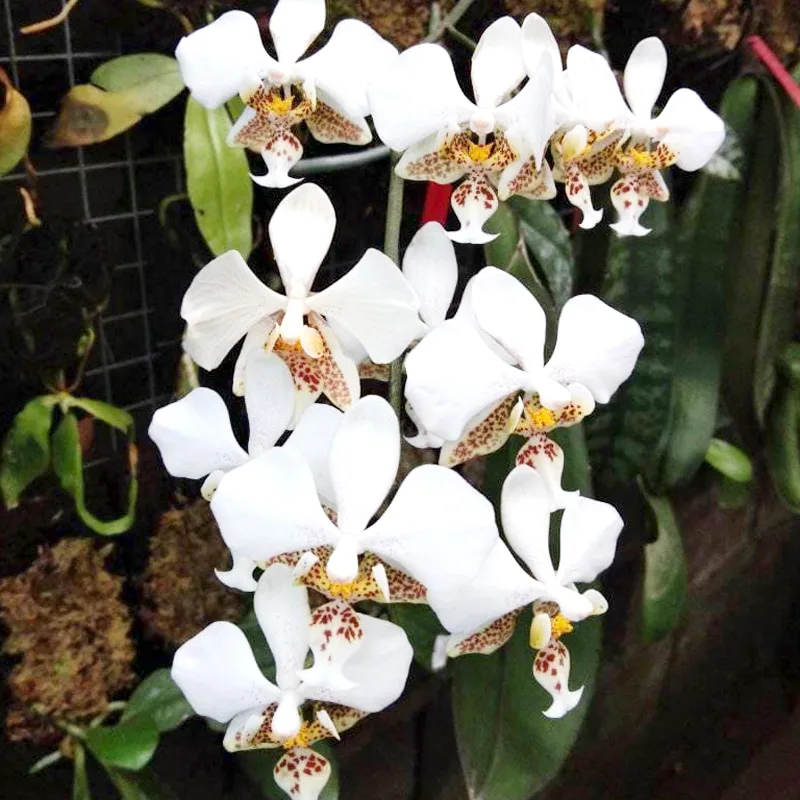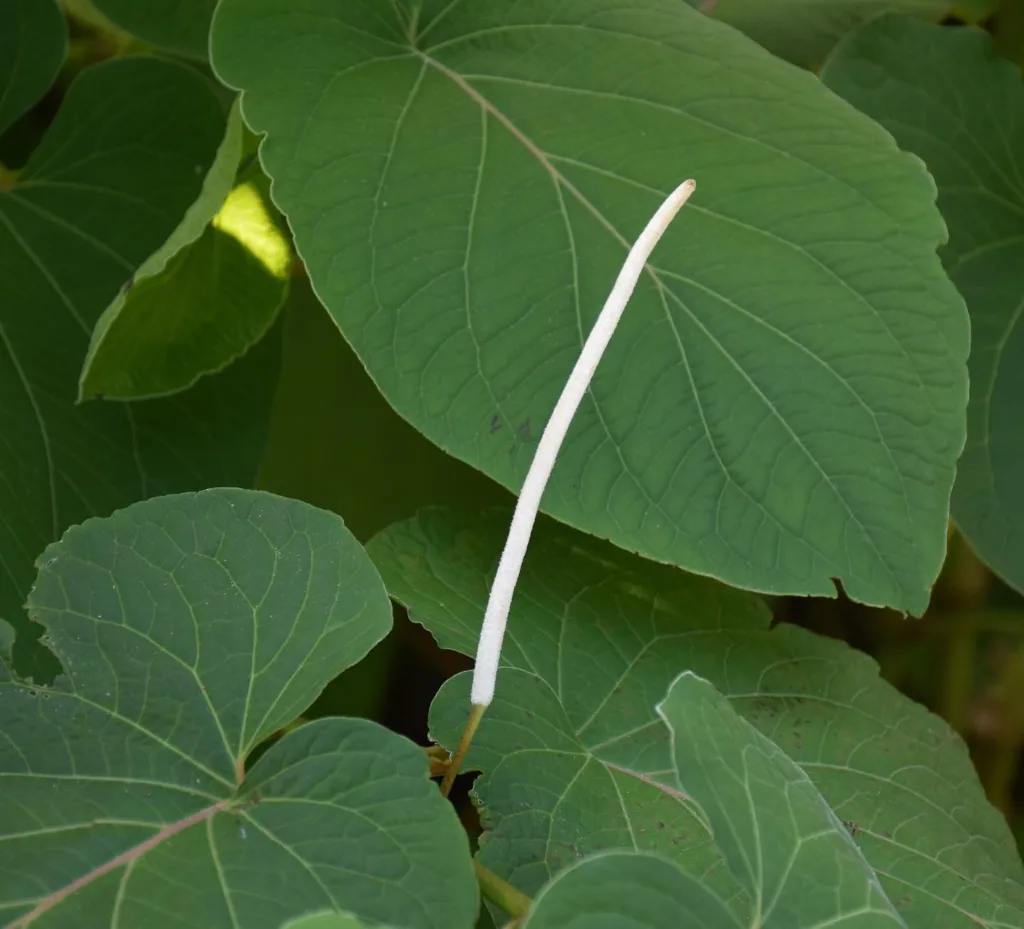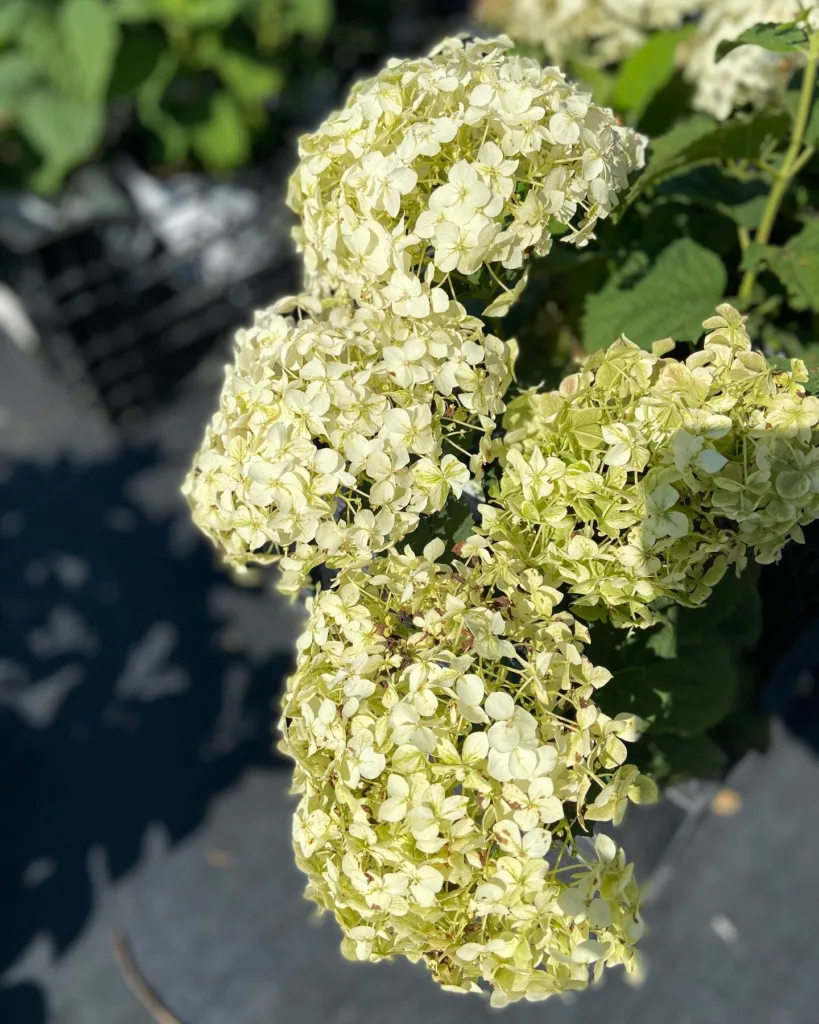What Is Verbesina Encelioides?
Verbesina Encelioides, also known as Cowpen Daisy or Golden Crownbeard, is a hardy, fast-growing wildflower that thrives in dry, sunny conditions. It’s a member of the Asteraceae family, known for its bright yellow daisy-like blooms. I first came across this plant while exploring low-maintenance, drought-tolerant options for a garden. What caught my eye was its ability to survive in tough conditions and the vibrant color it added to otherwise barren spaces.
Plant Family: 1720 Genera in Asteraceae
Native to North America, this plant is often seen along roadsides, in fields, and in open areas where it freely reseeds. Its ability to grow in poor soil makes it a go-to for anyone looking for a low-maintenance plant that thrives without much attention. This is one of the reasons I found it a great addition to a garden that didn’t require constant care.
How Do I Care for Verbesina Encelioides?
Verbesina Encelioides is incredibly easy to care for. If you’re like me, looking for a plant that doesn’t need daily attention, this one fits the bill. It grows best in full sun and can tolerate a range of soils, from sandy to rocky. Here are a few care tips from my experience:
- Watering: I water it sparingly. It’s drought-tolerant, so overwatering is unnecessary and could lead to root rot. I stick to a once-a-week watering schedule unless there’s significant rainfall.
- Soil: While it prefers well-drained soil, I’ve seen it thrive even in nutrient-poor conditions. This plant is incredibly forgiving.
- Pruning: Deadheading the flowers helps prolong the blooming season. In my garden, I usually trim it back to encourage fuller growth.
- Pests and Diseases: I haven’t encountered any major pest issues with Verbesina Encelioides. It’s generally pest-resistant, though I occasionally check for aphids or caterpillars.
How to Propagate Verbesina Encelioides?
One of the things I appreciate most about Verbesina Encelioides is how easy it is to propagate. This plant reseeds itself readily, which means once it’s established, it often spreads on its own. However, if you’re looking to control its spread or want to propagate it intentionally, here’s what I’ve found works best:
- Seeds: The easiest way to propagate Verbesina Encelioides is through seeds. Collect the seeds after the flowers fade and dry up. In my experience, scattering them on the soil surface and pressing them down lightly works well. No need to bury them deeply—just keep the area moist until they germinate.
- Transplanting: While I haven’t tried transplanting seedlings, I’ve read that they transplant well when young. You can dig them up with a bit of surrounding soil and move them to a desired location.
What Can I Plant With Verbesina Encelioides?
When thinking about companion plants, I focus on species that share similar growing conditions. Since Verbesina Encelioides thrives in sunny, dry environments, pairing it with other drought-tolerant plants makes sense. Here are some that have worked well for me:
- Mexican Sunflower (Tithonia diversifolia): Both plants enjoy full sun and complement each other with their vibrant colors.
- Gaillardia (Blanket Flower): This is another heat-tolerant, low-maintenance plant. Its orange-red blooms contrast nicely with the yellow flowers of Verbesina Encelioides.
- Lavender: Not only does it thrive in similar conditions, but its calming purple hues provide a nice contrast.
Is Verbesina Encelioides Toxic?
This is one of the most important things to consider, especially if you have pets or children. Based on my research, Verbesina Encelioides is considered mildly toxic if ingested by livestock, but I haven’t had any issues with my garden visitors or neighborhood pets. It’s always a good idea to check the toxicity of any plant you’re growing, but in my personal experience, it hasn’t posed a significant problem.
What Are the Benefits of Verbesina Encelioides?
Verbesina Encelioides brings several benefits, both ecological and ornamental. In my garden, its flowers attract a variety of pollinators, including bees, butterflies, and birds. This has been one of the main reasons I enjoy having it around—it helps boost local biodiversity.
It’s also an excellent plant for erosion control. Its deep roots help stabilize the soil, which can be especially useful in areas prone to wind or water erosion. In fact, I planted it along a slope in my yard, and it’s done a great job of keeping the soil in place.
What Are Common Problems with Verbesina Encelioides?
Despite its hardiness, Verbesina Encelioides isn’t without a few challenges. From my experience, the most common issue is its tendency to reseed aggressively. If you’re not careful, it can quickly take over an area. I’ve had to manage its spread by regularly removing seedlings from unwanted spots.
Another issue is that it can look a bit scraggly if left unattended. Trimming it back regularly helps maintain a more compact, bushy shape.
How Does Verbesina Encelioides Compare with Similar Plants?
Verbesina Encelioides is often confused with other yellow-flowering plants like Helianthus (Sunflowers) or Balsamorhiza (Balsamroot). What sets it apart, in my opinion, is its smaller size and bushier habit. Unlike tall sunflowers, Verbesina tends to stay relatively short, which makes it a good choice for filling gaps in the garden without overshadowing other plants.
In comparison to Encelia Farinosa (Brittlebush), which I also grow, Verbesina Encelioides has more delicate, lobed leaves and a longer blooming period. Brittlebush blooms earlier in the season and has a more silvery appearance, while Verbesina stays green longer into the summer.
Conclusion
Verbesina Encelioides has become one of my go-to plants for creating a low-maintenance, pollinator-friendly garden. Its adaptability to harsh conditions and ability to self-seed make it a great choice for anyone looking for a resilient, colorful wildflower. While it does come with a few challenges, such as controlling its spread, the benefits far outweigh the drawbacks in my experience. If you’re looking for a bright, easy-to-grow plant that attracts wildlife and helps with soil stabilization, Verbesina Encelioides is well worth considering.
If i die, water my plants!



